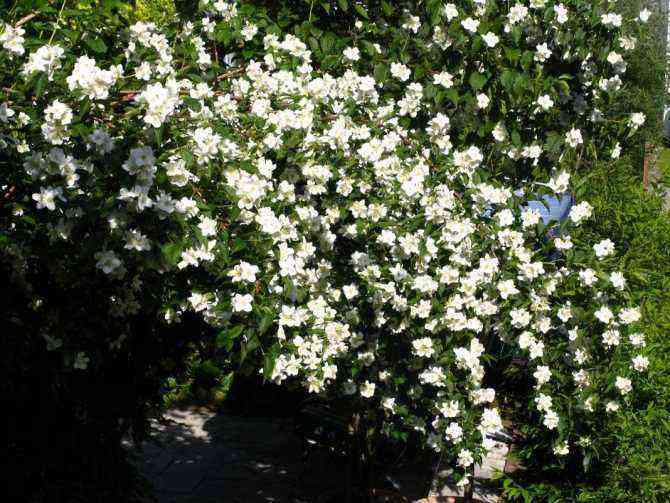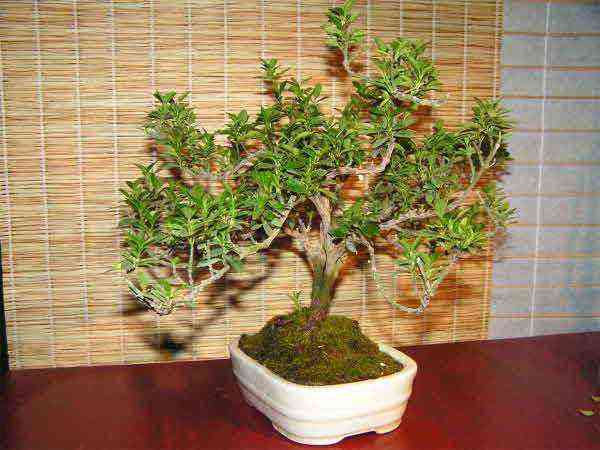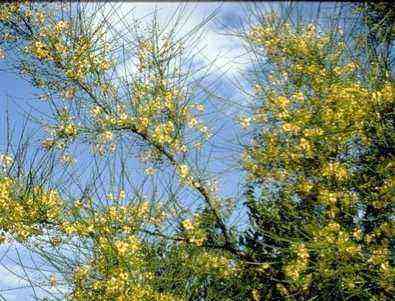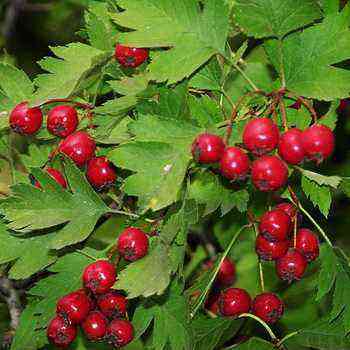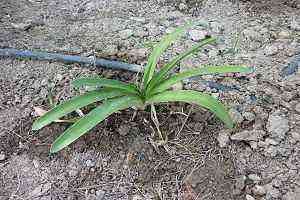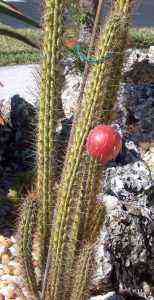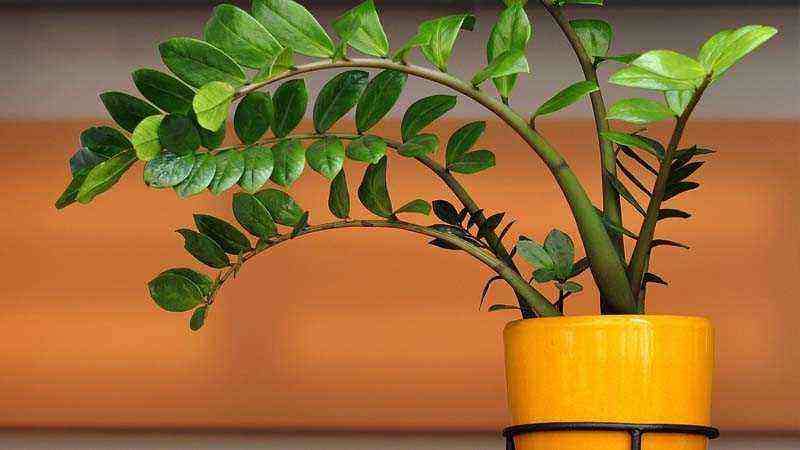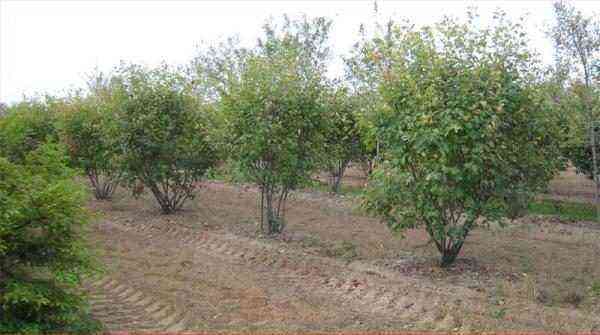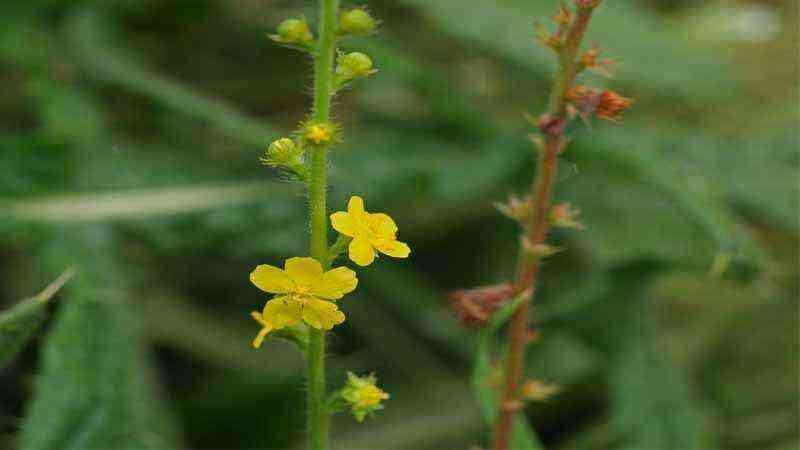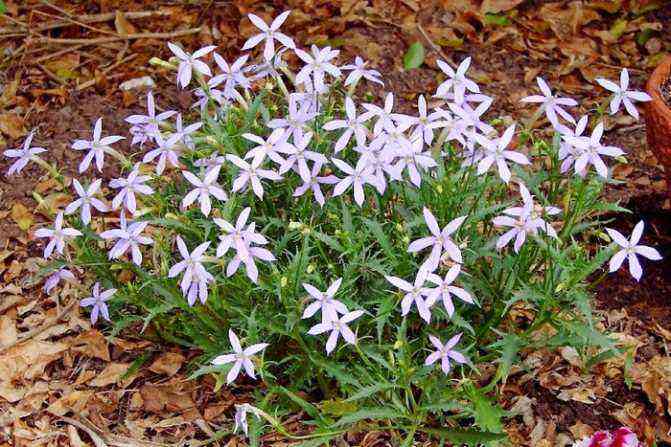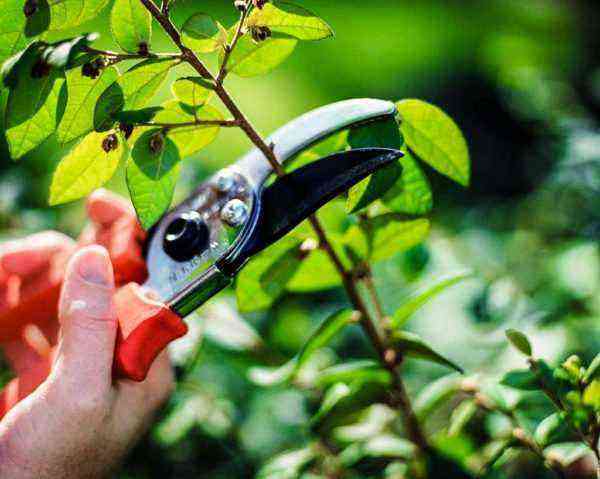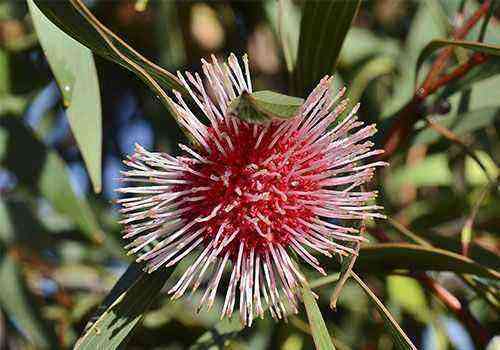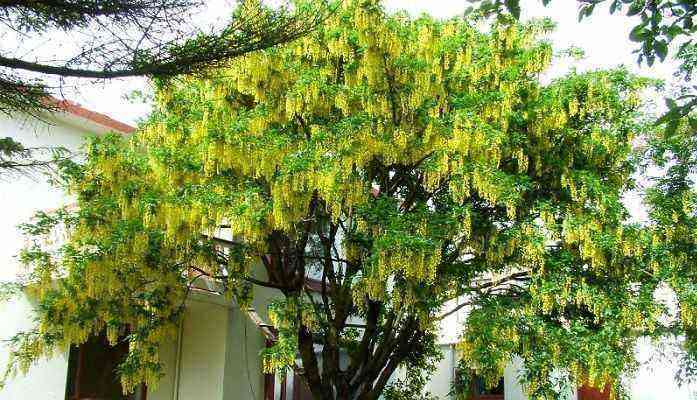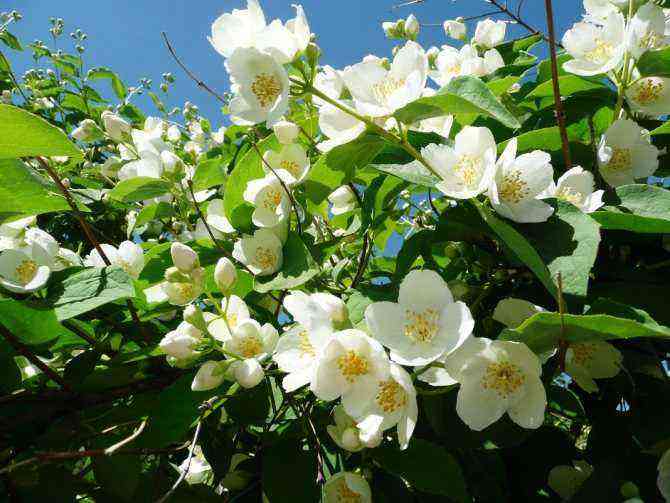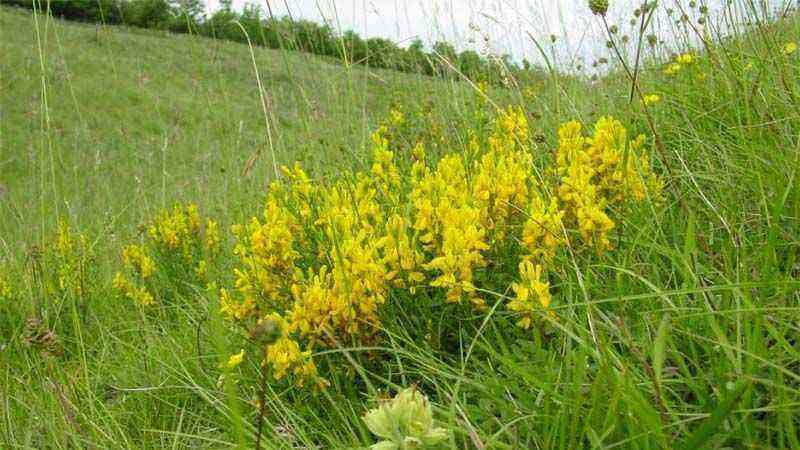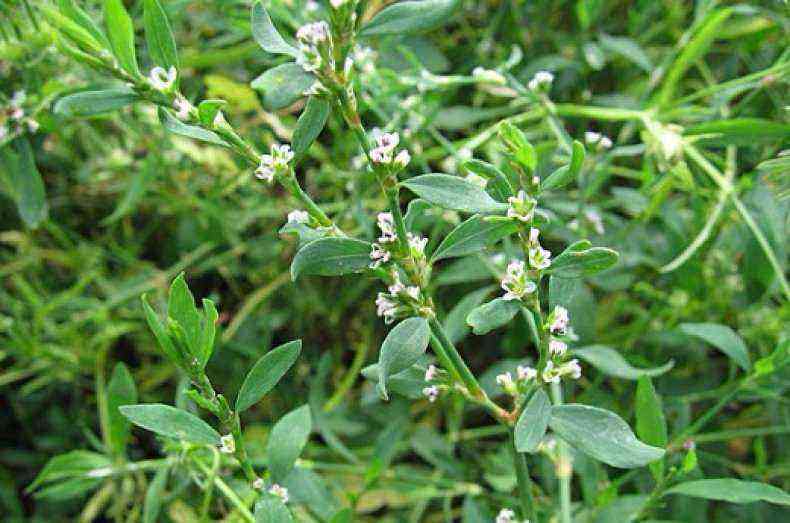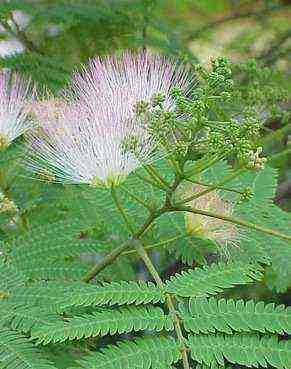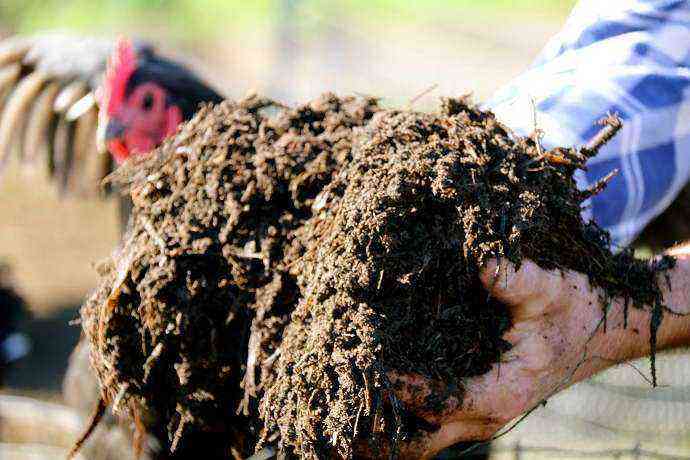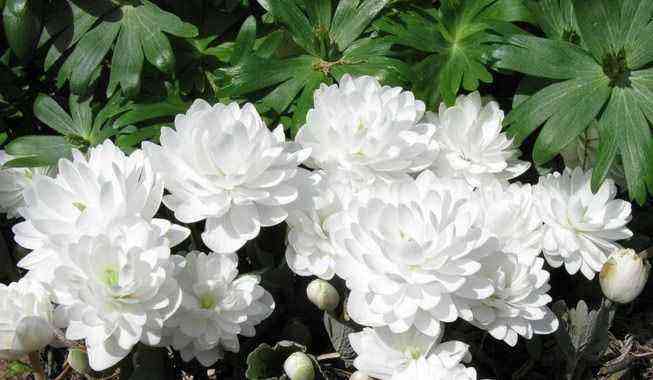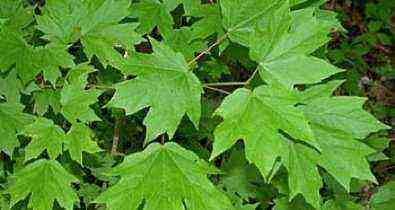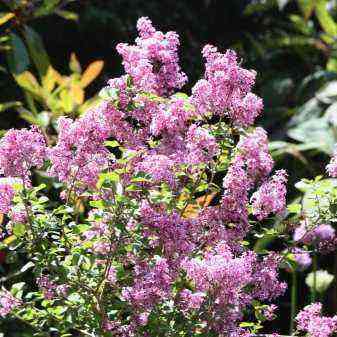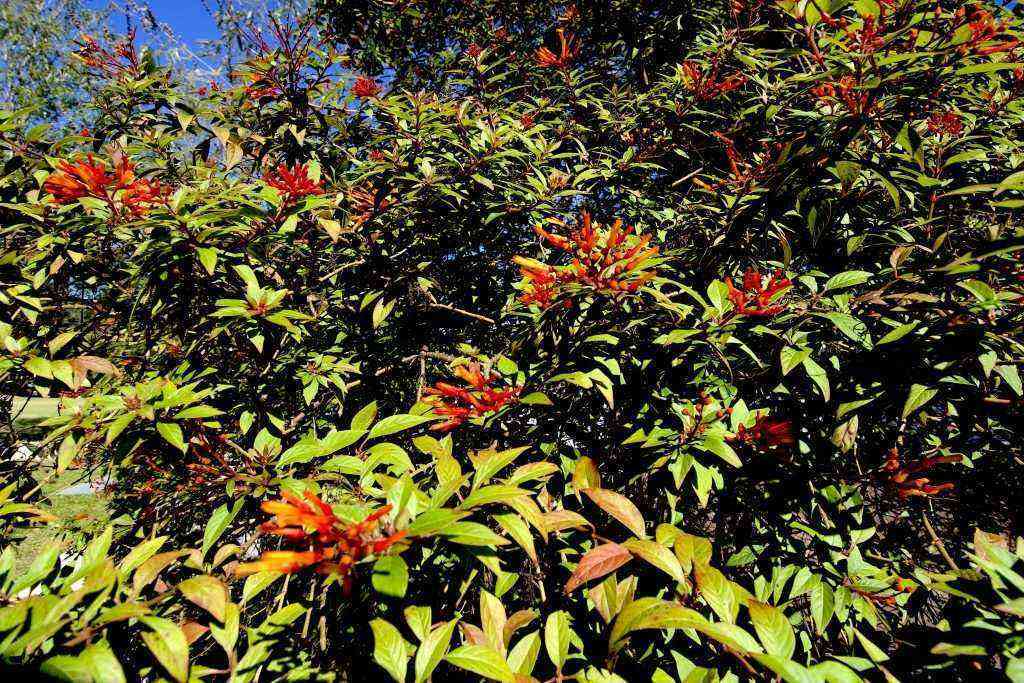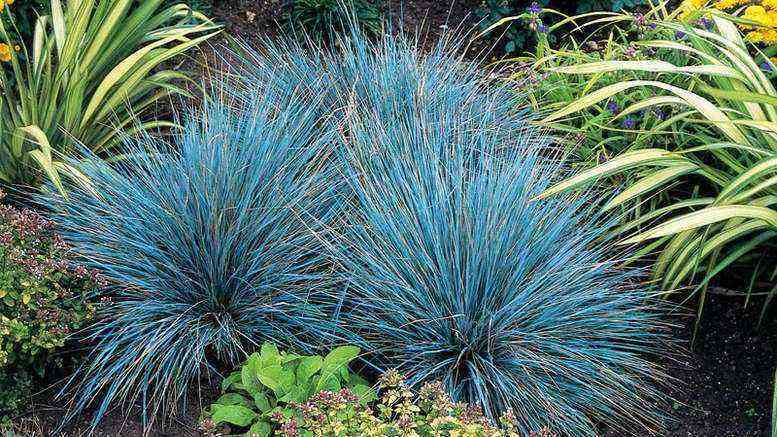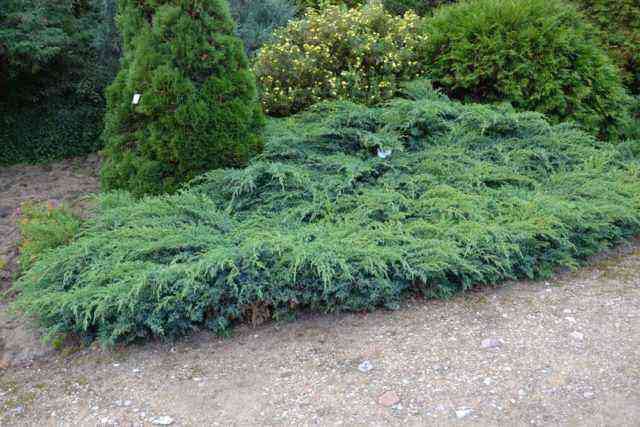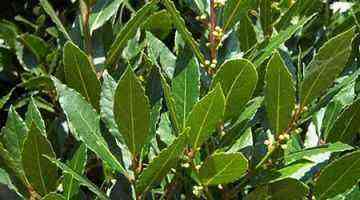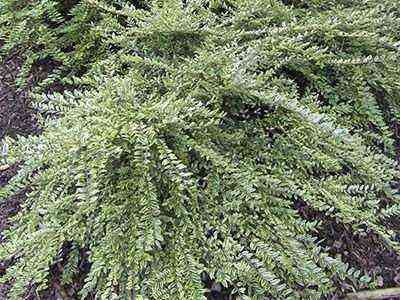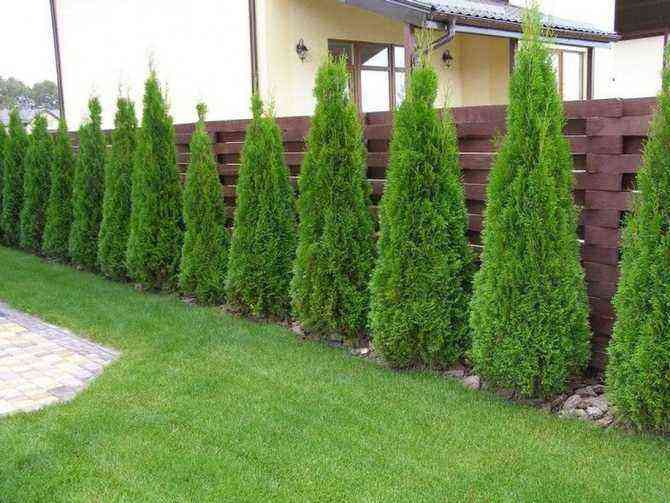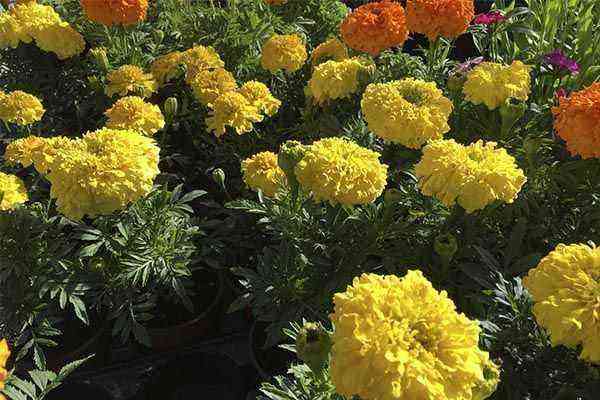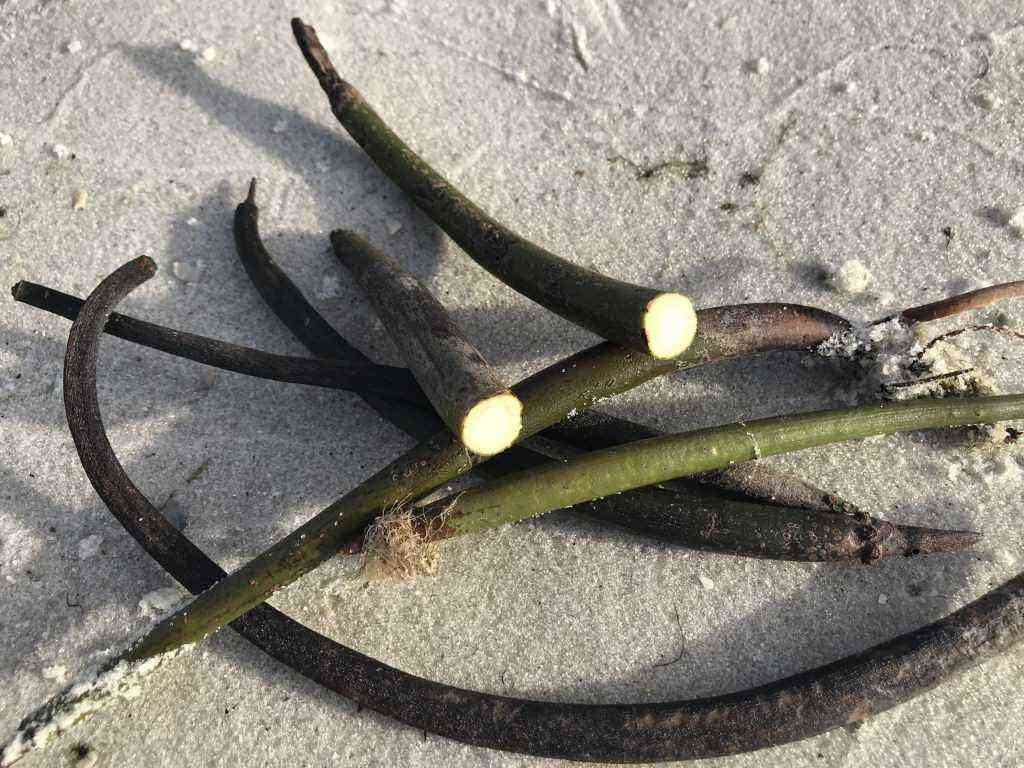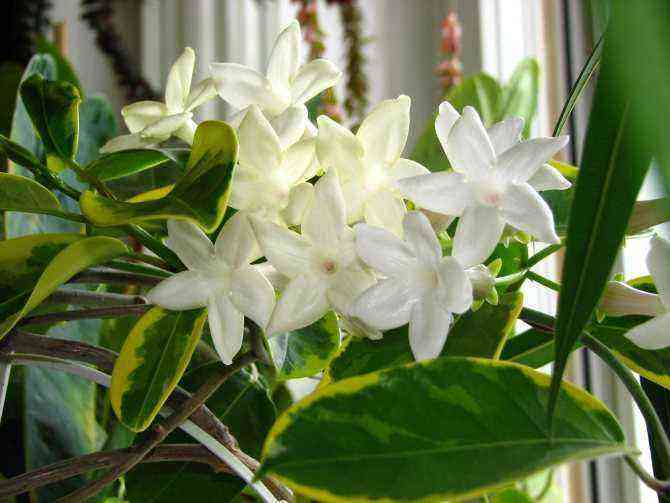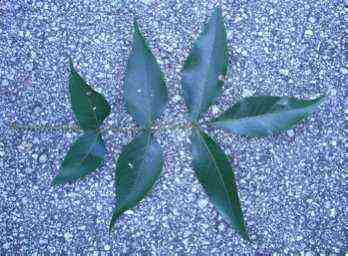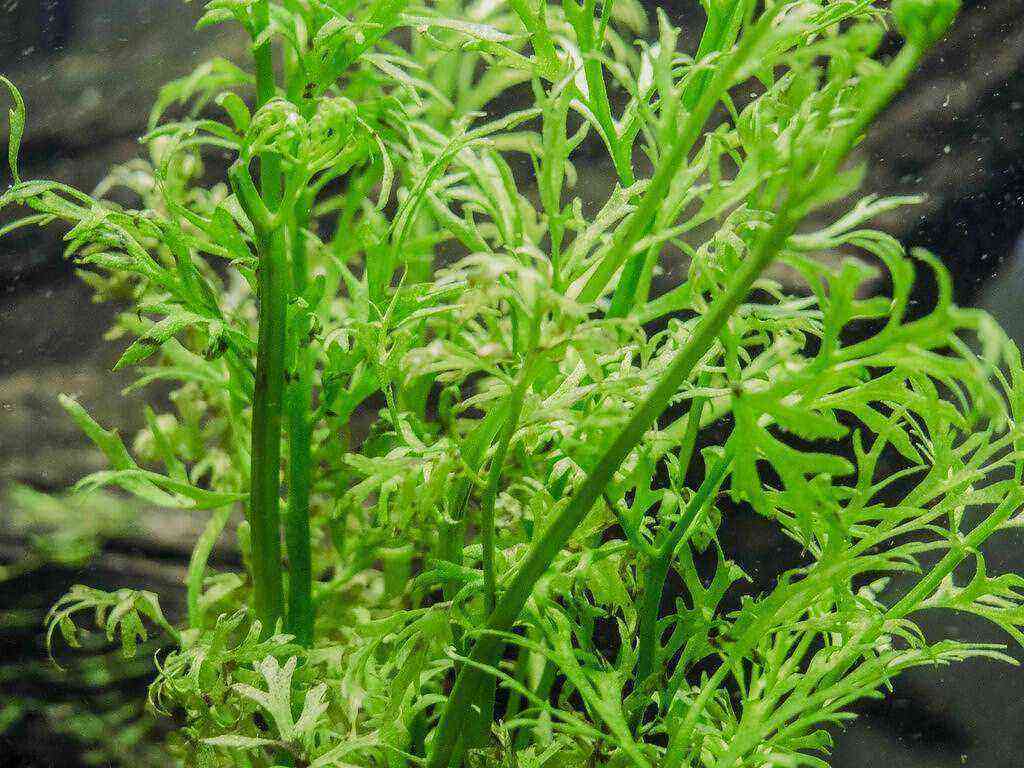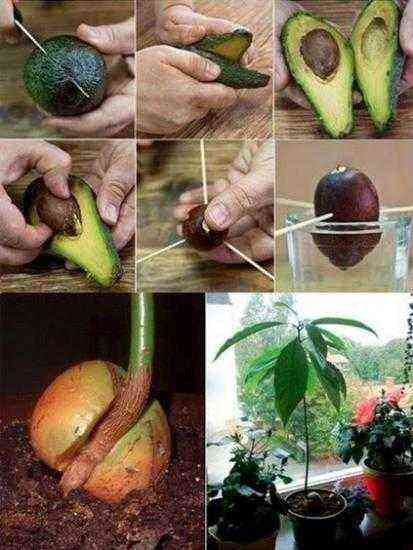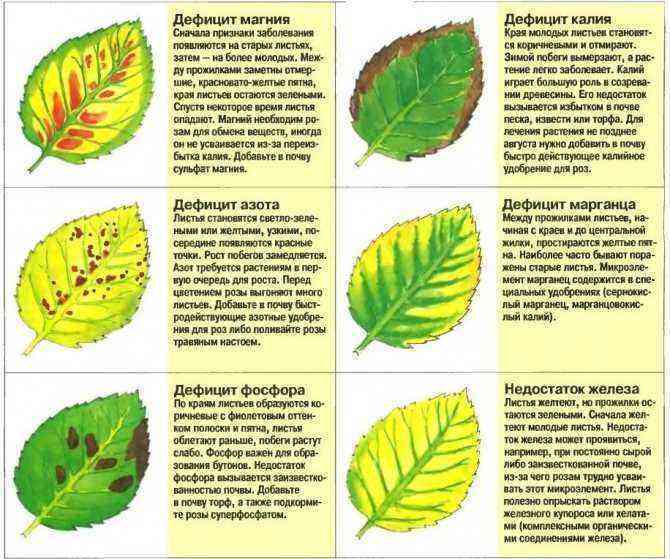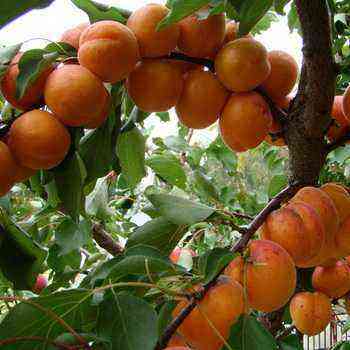It’s fun! If we turn to history, we can note that the wondrous plant got its name in honor of the son of Cleopatra herself, who was very fond of various incense and fragrant flowers. In the old days, pipes for smoking were made from young shoots, which were called “chubuk”. This is what the people call jasmine bushes “chubushnik”. The hard wood of the shrub is still used for the production of musical instruments such as flute, pipe, waxwing.
Varieties of jasmine varieties
Among the huge number of varieties of ornamental shrubs, breeders distinguish the main varieties, which include:
- Ordinary crown jasmine with large inflorescences and bright green foliage. During the flowering period, the flowers exude a strong aroma. The size of an adult bush reaches a height of about three meters.
- Small-leaved jasmine it is distinguished by its compactness (no higher than a meter), small leaves and double flowers. The flowers exude a delicate sweetish aroma, reminiscent of the smell of ripe strawberries.
- Fluffy jasmine blooms much later than their counterparts. The flowers are not white, but rather creamy, practically odorless. And if they do smell, it is very tender, barely perceptible. The bushes are tall, over 4 meters, have spreading branches and rich foliage.
Almost all other varieties of this ornamental plant are hybrids.
When choosing both the main type of jasmine and its hybrids, it is worth carefully studying all its characteristics and the best growing conditions. All this in the future will allow you to admire the indescribable beauty and breathe in the wondrous scent of flowers, and caring for the plant will not cause any particular difficulties and hassle.
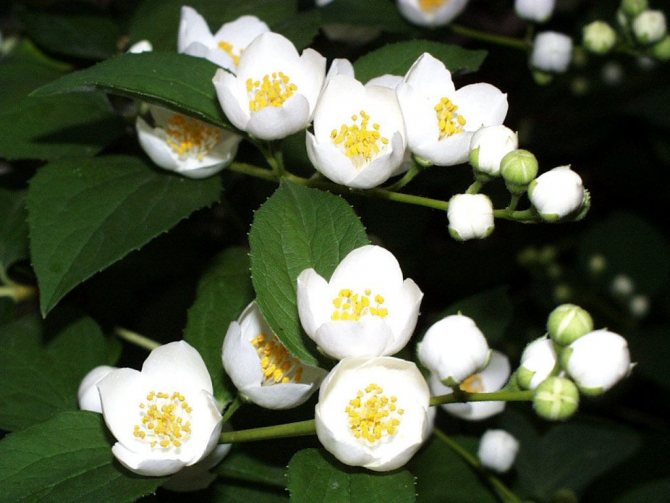

How to transplant jasmine to another place
Jasmine is a crop that is very popular with gardeners. Jasmine owes this popularity, first of all, to the beautiful flowers and wonderful aroma that it presents during flowering. In addition, it is quite unpretentious to weather conditions, it is quite easy to care for it. There are a lot of garden varieties of this plant. Its flowers are mainly white, yellow and pink. In addition to garden varieties of culture, there are indoor varieties that are grown at home. Sometimes it is also compared to the jasmine plant of the chubushnik.
The need to transplant jasmine can arise for various reasons, for example, garden trees block access to the sun’s rays, and you need to move it to a more sunny place, or there is a need to re-plan the location of plants in the garden area. It is still better to think over the location of the jasmine in advance, before it is planted.
Preparing a site for planting a plant (soil)
Jasmine bushes are practically not demanding on the ground. However, the plant can please you with abundant flowering only by growing on fertile soil. When planting, take into account the fact that jasmine does not like moisture stagnation. In this regard, when planting young shoots, choose the highest areas or make artificial drainage by mixing sand, crushed stone, gravel and fragments of broken brick.
When planting jasmine shoots, prepare a hole about half a meter deep, fill it with fertile soil and add fertilizer. The root system should not be buried too deep in the soil. It is enough just to sprinkle it with 3-4 cm of earth. Abundant watering and compaction of the soil around the planted plant are required!
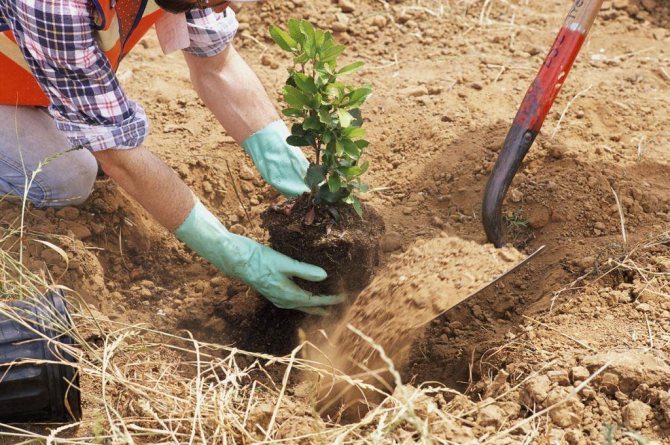

Fertilizing and feeding decorative bushes
Part of the necessary fertilizer is applied during planting. It is worth feeding the bush next time only a year after planting – otherwise the young and still fragile root system can be severely damaged and even “burned out”.
For garden jasmine, both mineral and organic fertilizers are suitable. When choosing a mineral dressing, 15 g of urea, 30 g of superphosphate and 15 g of potassium sulphide are mixed in a bucket with water. This solution is enough to feed one large or two young bushes.
Those who prefer organic fertilizers should dilute the slurry in cold water at a ratio of 1:10 and feed the plant before flowering. A good growth stimulator for jasmine bushes is wood ash. By taking 100 g of ash and adding directly to the soil under the plant, you will ensure abundant flowering and accelerated growth of the bush.
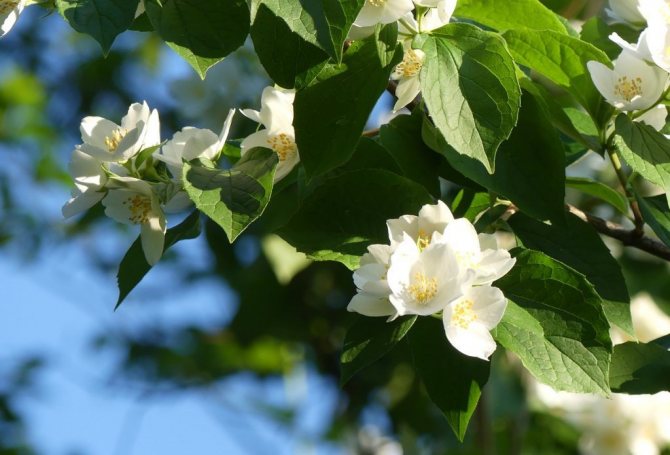
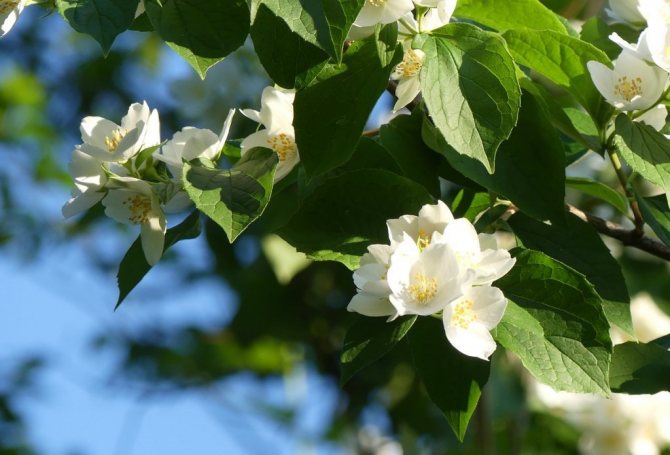
Almost all year round (with the exception of winter), you should weed and loosen the soil near the planted jasmine. A good solution would be to mulch the ground around the trunk with foliage humus or dried compost. This will retain moisture and improve air exchange in the root system.
Pruning and shaping the bush
Garden jasmine very often has an irregular (asymmetrical) shape. To give a neat and well-groomed appearance, the plant should be regularly pruned forming.

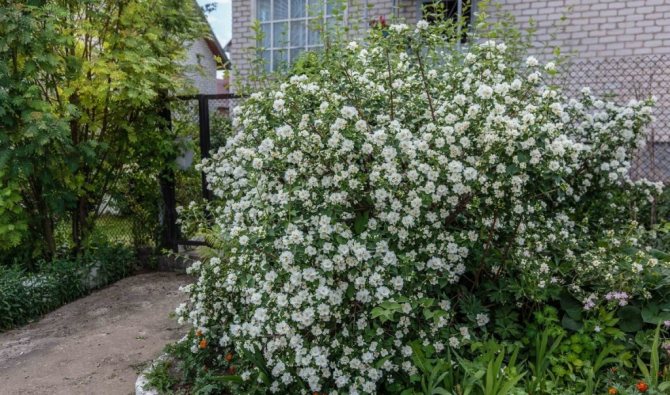
Here are just some basic rules for correct pruning:
- Formative pruning should be done in the spring, when the plant is still in a vegetative state (in the so-called “hibernation”);
- Long, protruding branches can be cut completely, and small branches can be only cut in half.
- In order for jasmine to please with abundant flowering, during the formation of the bush, all empty branches without buds should be cut off.
- An adult bush should be thinned annually, leaving only the strongest branches and shoots.
- After the jasmine has faded, all dried flowers should be removed, otherwise the plant will lose all its attractive appearance.
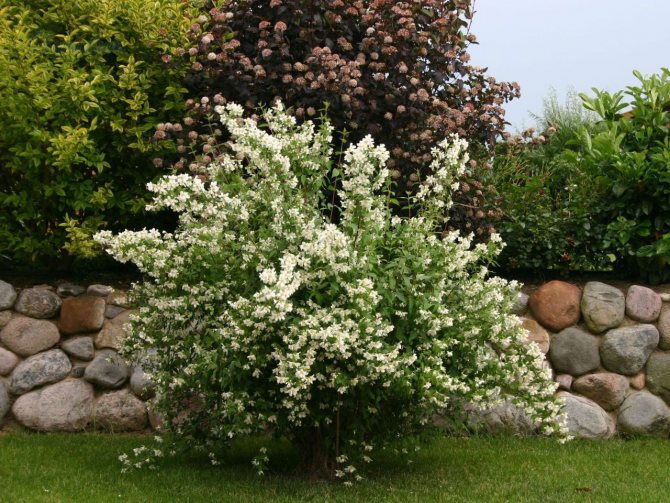

How to transplant chubushnik in the fall
You have probably often met a beautiful tall, spreading shrub that immediately catches your eye – a mock orange or garden jasmine on your backyard plots. Garden jasmine has a huge number of species and varieties. However, the most common types of chubushnik are – terry, crown, virginal and lemoine. If you dream of getting a mock-orange, planting and caring for it is not at all difficult, therefore this very fragrant flowering shrub grows in almost every garden, attracting hundreds of butterflies with its sweet scent.
Preparing the plant for frost
If an adult bush plant is able to endure cold and frost without much hassle, then a young jasmine bush should be taken care of even before the first snow.
- Before the first frost around the plant, carefully (not too deeply, so as not to damage the roots), they dig up the soil, thereby giving additional oxygen to the root system and destroying excess weeds.
- To protect against frost, sprinkle needles or compost around the trunk with a thin layer. This will allow you to preserve the young jasmine roots that are not strong over the summer.
- In regions where there is a high probability of severe frosts, young bushes are wrapped in a completely special covering material and tied not too tightly, but reliably with a rope (thin wire).
History of the plant
The chubushnik plant has been known since ancient times. For example, in ancient Greece, masters made shafts for smoking pipes from hollow bush stems. This is where its name comes from.
But many are wondering why the mock-orange is called jasmine? The answer is very simple – because of the striking similarity of the aromas of the flowers of these two beautiful plants. However, unlike chubushnik, jasmine is most often grown indoors.
Almost all varieties of chubushnik are quite unpretentious to the environment, and feel great both under the scorching sun and in the shade, and also easily endure frosty winters.
Therefore, they can be found almost all over the world: in North America, and in Europe, and in East Asia, and in North Africa.
Shrub propagation
You can propagate garden jasmine bushes in the following ways:
- Seeds. This type of reproduction is the longest in time. Sowing seeds in open ground before the onset of frost, in the spring you can wait only for the first shoots. A mature bush that can delight you with full flowering will appear only after 7-8 years. But on the other hand, seedlings grown from seeds are the most hardened and resistant to pests and diseases.
- Cuttings. Cuttings about 5 cm long in early summer should be rooted in the nutrient mixture. Such a mixture can be prepared by mixing peat with sand in equal proportions. After rooting, they are transplanted into open ground and covered for a while with a transparent container (a cut-off plastic bottle or glass jar is suitable).


- Shoots. In the spring, during pruning, the strongest shoots are not removed, but left for further growth. The next spring they are dug out, trying not to damage the mother bush, and transplanted to a new permanent place of growth.
- Layers. Having chosen the largest branch (shoot), it is bent to the ground in a previously made depression, and sprinkled with soil on top. Already after 6-7 weeks, you can see that the cuttings have begun to branch. And already at the beginning of autumn, a young bush can be planted from the mother bush to a new place.
- By dividing the bush. Not the most common, let alone the safer breeding method is sometimes used by the most experienced gardeners. It is recommended to divide the root system in the fall, when the plant is ready for wintering.
Reproduction of mock-orange by cuttings in spring and summer
The most popular and productive way of propagation of garden jasmine, with the help of which all the characteristics of the variety are preserved. The rooting rate is quite high.
When is the best time to cut garden jasmine?
It is best to propagate chubushnik with green cuttings during flowering and immediately after it, or lignified (winter cuttings) in the spring.
Reproduction of chubushnik by green cuttings in summer
- Pluck or cut the side shoot of the current year with a small “heel” in late May – mid June. Remove the bottom pair of leaves. Cut off the top of the shoot 1-1,5 cm above the second pair of leaves, and cut the leaves in half. As a result, you will get a stalk with one internode, length – 8-10 cm.
- Prepare a “cuticle” in a partial shade area (greenhouse or box for seedlings, a pot with a bottle). At the bottom of the pit there are 4-5 cm of rotted manure, then 10-15 cm of sod and sand – 1: 1, and on top of 2-3 cm of sand (if there is fine peat, then half with it). Moisten the substrate well, at a distance of 10-12 cm from each other, make small grooves (depth – 6-9 mm) with a pencil (finger) or pits, if there are few cuttings. The distance between the cuttings when planting is 5-7 cm.
- Moisten the stalk in a growth stimulant (“Kornevin”), and plant at a slight slope, a depth of about 1 cm (the bottom pair of leaves at ground level). Then compact the potting mix and spray on the cuttings. Cover the greenhouse with film, glass or a plastic bottle (single planting), and also protect from the bright sun with a cloth or put in the shade of a large shrub or tree (rhododendron, lilac).
- Air and spray the cuttings daily in the morning and evening, and every 6-8 days with potassium permanganate (0,5 g per 2 liters of water – light pink) to prevent rot.
- After about 12-18 days, rudimentary roots are formed, and after 10-14 days rooting occurs. Remove the shelter at night and temper the plants, and after 6-8 days, remove it completely. Now you only need to spray the cuttings once a day.
- In the fall (mid-October), cover the plants for the winter with an 8-10 cm layer of peat or dry leaves.
- The following spring (April), trim the shoot at a height of 10-15 cm (small stump) to stimulate the growth of the growth and several trunks. In general, in the spring and summer, the usual care continues, and in the fall the plants can be transplanted to the “school” or left in the “cuttings” until next fall and immediately transplanted to a permanent place in the garden. The main thing is not to forget to cover for the winter.
Transplant small chubushniki carefully so as not to damage the young roots. Follow the planting rules described in the plant care article (link at the bottom of the page).
Reproduction of chubushnik lignified cuttings in spring
- In late autumn, after the leaves of the garden jasmine have fallen, cut off the lignified shoots and prepare cuttings from them.
- Put the cuttings in a box with wet sand, and store the whole winter at a temperature of 0-3 degrees Celsius (basement, cellar). If there is no basement, then they can be dug in the garden in a quiet and peaceful place.
- In early spring, soak the cuttings for a day in a solution with the Epin Extra biostimulator (1 ml / l of water), do not pour out the solution after use. Then plant them in a moist soil mixture (turf and sand – 1: 1, on top of the substrate 2-3 cm layer of sand) in boxes in the same way as during propagation, with green cuttings in summer. Spray the cuttings with water and the remaining Epin Extra solution.
- After about 20-25 days, rudimentary roots are formed, and after 12-16 days rooting occurs. Now you can remove the cover. Water the plants regularly in the summer and loosen the aisles.
- The next spring (April), trim the shoot at a height of 10-15 cm (small stump) to stimulate the growth of the growth and several trunks. In the fall, transplant the chubushniki to a permanent place in the garden and cover for the winter.
Tips
- Better choose short side shoots that have not bloomed. Thick, strong growth and faded shoots take root worse.
- Treatment with a growth stimulant is more important when propagating by lignified cuttings. Green cuttings, especially those with the heel, root fairly well without stimulant treatment.
- If you took a stalk without a “heel”, then the lower cut should be oblique.
- Cuttings root better with a large amount of scattered light without direct sunlight, high air humidity – 90% and above, and a temperature of 23-26 ° C.
- Cuttings of varieties of chubushnik with small leaves root better.
Diseases and pests. Fighting them
The most common pests of jasmine bushes are leaf weevils, spider mites and aphids. Drying and yellowing out of season leaves, as well as the presence of a thin cobweb on the foliage, inflorescences and trunk, can be signs of plant damage.
You can get rid of pests by treating the bush with a solution of laundry soap or insecticidal preparations. Even pouring hot water over the plant helps.


Jasmine belongs to the plants that are most resistant to various diseases. Only due to a lack of fertilizers and nutrients in the soil, the plant can grow too slowly and practically not flower. It is easy to fix this – it is worth adding mineral complex fertilizer to the soil. The effect will not be long in coming – next spring you will be able to enjoy the beauty of the flowering shrub.
Chubushnik disease
Chubushnik has a fairly good immunity from diseases and harmful insects. The biggest enemy of the plant is the aphid, which can cause harm during the budding of the plant. These small insects are prone to very rapid reproduction, and their presence can lead to irreversible deformation of flowers and folding of leaves on young shoots into tubes. Moreover, the eggs of aphids can quietly winter at the end of the shoot and if they are not destroyed, then with the arrival of heat, they “rush into battle” with renewed vigor. Therefore, in the spring, even before bud break, you need to spray the plant with a preparation against harmful insects. If, for some reason, you did not carry out spring spraying, then at the first signs of the presence of “uninvited guests”, you should prepare a solution at the rate of 50 grams of green (potassium) soap per bucket of water or tobacco infusion and immediately thoroughly process the bush. Experts advise to spray only on hot sunny days and, if necessary, repeat the procedure several times.
Also, a mock orange can be attacked by a weevil or spider mite. Try to neutralize these pests with the help of a folk remedy – infusion of garlic, and if it does not help, then apply insecticides.
Landscape arrangement
When planting both single and several jasmine bushes, you should consider the place and landscape composition. High varieties of jasmine are usually planted alone in the garden, but undersized varieties can be planted in such a way that the bushes served as a hedge. Ornamental shrubs are also used as a background for flower beds. Pink peonies or phlox will look good against the background of blooming white bunches of jasmine. Cut branches of flowering jasmine are used to make bouquets.
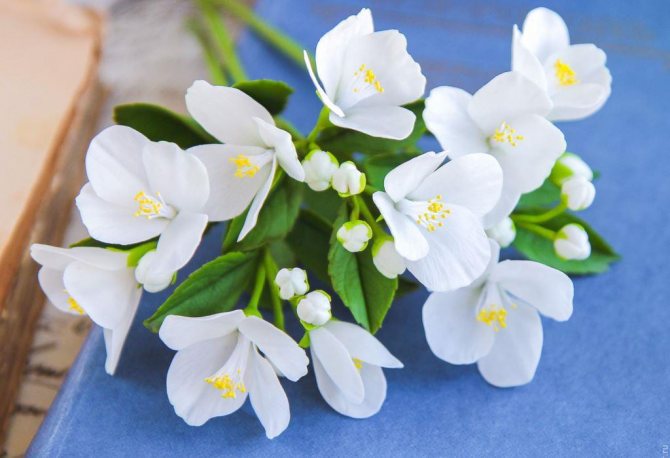

Chubushnik planting
Chubushnik belongs to a rather unpretentious crop, but if you want to grow a beautiful bush covered with many flowers, it should be placed in a bright sunny area or, as an option, in a light partial shade. It should be remembered that a lack of sunlight can lead to a later and less intense flowering, and its shoots in the shade will stretch more upward. Chubushnik feels good on fertile, loose soil with good water and air permeability, or, with proper moisture, it can grow and bloom well in depleted substrates. A seedling growing in poor sandy soil has every chance of being a plant with slow growth and weak flowering. Also, the shrub does not tolerate nearby groundwater, spring flooding or swampy conditions. Chubushnik can be planted both in early spring – around the end of April, and in autumn – in the last week of September. Seedlings with a closed root system calmly transfer the planting process into the soil throughout the season. It is very important to initially determine the place most suitable for the growth of the shrub, since the plant has a powerful root system and in the future, it will be quite problematic to transplant it to another site. It is also believed that the best option for planting is a two-year-old seedling. Having chosen a variety that is favored and suitable for your region and having bought healthy seedlings in a specialized store or from a trusted supplier, you can start planting.
If the bushes will grow as a hedge, it is advisable to place the seedlings from each other at a distance of 50 centimeters to one and a half meters, depending on your preferences in the final result. The planting hole, given the strong roots of the plant, should be at least 50 centimeters in size, both in depth and in width. At the bottom of the hole, it is worth pouring a 15 – 20 cm drainage layer of fine gravel, broken brick or coarse sand, fertile soil and water it well. Fertile soil can be obtained by mixing leafy soil with compost, humus and sand. If the plant has dried / broken roots or branches, they must be removed before planting. Then the roots must be evenly distributed around a small elevation in the center of the planting hole and making sure that the root collar is no more than 2 – 3 centimeter layers of earth, fill everything up with moist fertile soil, tamp and water at the rate of 1 bucket of water under one bush. Within two weeks after planting, it is recommended to water 1 time in 3 – 4 days, in the future – to carry out watering as needed. The trunk circle should be mulched with peat, dry grass or sawdust so that moisture can be stored for a longer period.
Experts advise, in hot weather, to water the mock-orange abundantly during budding and flowering, so that the flowers do not begin to crumble prematurely, but withstand the prescribed 2-3 weeks of beauty.
